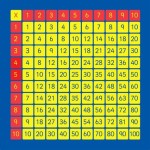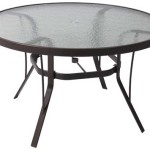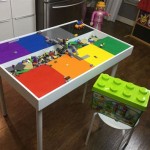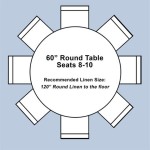Essential Aspects of Best Containers for Gardening Vegetables
Cultivating vegetables in containers has become increasingly popular due to its convenience, space efficiency, and adaptability. To achieve optimal growth for your vegetables, selecting the most suitable containers is crucial. Here are key aspects to consider when choosing the best containers for gardening vegetables:
Material
The material of the container plays a significant role in its durability, drainage capabilities, and insulation properties. The most common materials used for vegetable gardening containers are:
- Plastic: Lightweight, inexpensive, and durable, with varying drainage options.
- Terracotta: Porous, allowing for good drainage but can dry out easily.
- Ceramic: Dense and durable, but heavy and may not have adequate drainage. li>Wood: Natural and biodegradable, but requires proper treatment to prevent rot.
Size
The size of the container should correspond to the type and number of vegetables being grown. Larger containers are suitable for plants with extensive root systems, such as tomatoes, cucumbers, and melons. Smaller containers are ideal for herbs, leafy greens, and shallow-rooted vegetables like carrots and radishes.
Drainage
Adequate drainage is essential for preventing waterlogging and root rot. Containers should have drainage holes at the bottom to allow excess water to escape. If drainage holes are insufficient, consider adding gravel or pebbles to the bottom of the container for better drainage.
Insulation
Containers with good insulation help protect vegetable roots from extreme temperatures. Dark-colored containers absorb more heat, while light-colored containers reflect heat away. Choose containers with appropriate insulation based on your climate and the types of vegetables being grown.
Aesthetics
While functionality is paramount, the aesthetics of the containers can enhance the overall appearance of your gardening space. Consider the shape, color, and texture of the containers to complement your garden decor and personal preferences.
Additional Considerations
In addition to the essential aspects mentioned above, there are a few other considerations to keep in mind when choosing containers for gardening vegetables:
- Cost: Containers vary in price depending on material, size, and features.
- Weight: Consider the weight of the container when it is filled with soil and plants.
- Mobility: If you plan to move your containers frequently, opt for lightweight and portable options.
- Stackability: Stackable containers can save space and are ideal for growing vegetables vertically.
By carefully considering these aspects, you can select the best containers for your gardening needs and ensure optimal growth and productivity for your vegetables

20 Best Vegetables For Container Gardening Growing In The Garden

Quickstart Guide To Container Vegetable Gardening Lovely Greens

Container Vegetable Gardening For Beginners Attainable Sustainable

Vegetable Container Gardens For Beginners The Old Farmer S Almanac

Dammann S Garden Company Save Space With Container Vegetable Gardening

Choosing The Best Containers For Growing Vegetables
:max_bytes(150000):strip_icc()/__opt__aboutcom__coeus__resources__content_migration__mnn__images__2017__03__Container-Garden-tomato-cherry-bites-6d5cfd7e8d4d4c39bd3429dcdd5b282b.jpg?strip=all)
The Secret To Container Vegetable Gardening

35 Creative Container Vegetable Garden Ideas A Piece Of Rainbow

Container Vegetable Gardening Designing Your Garden Know How

The Best 11 Vegetables To Grow In Pots And Containers Gardener S Path








